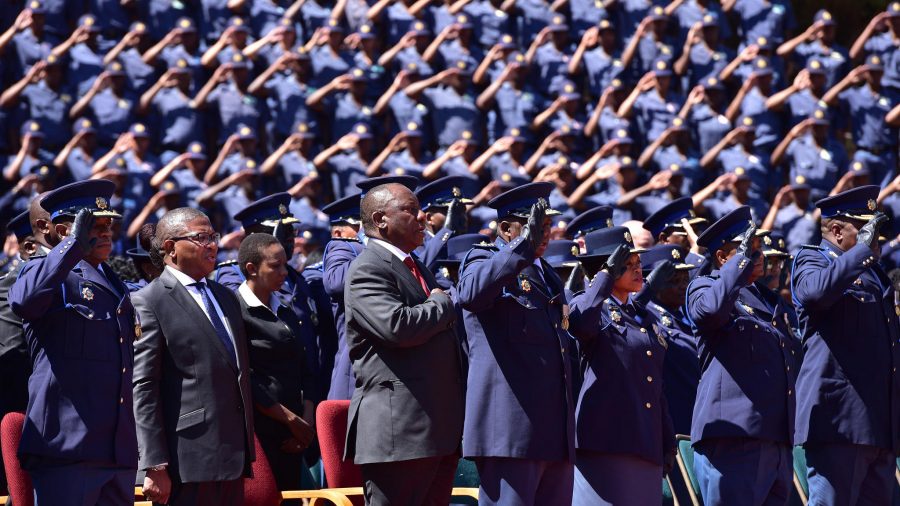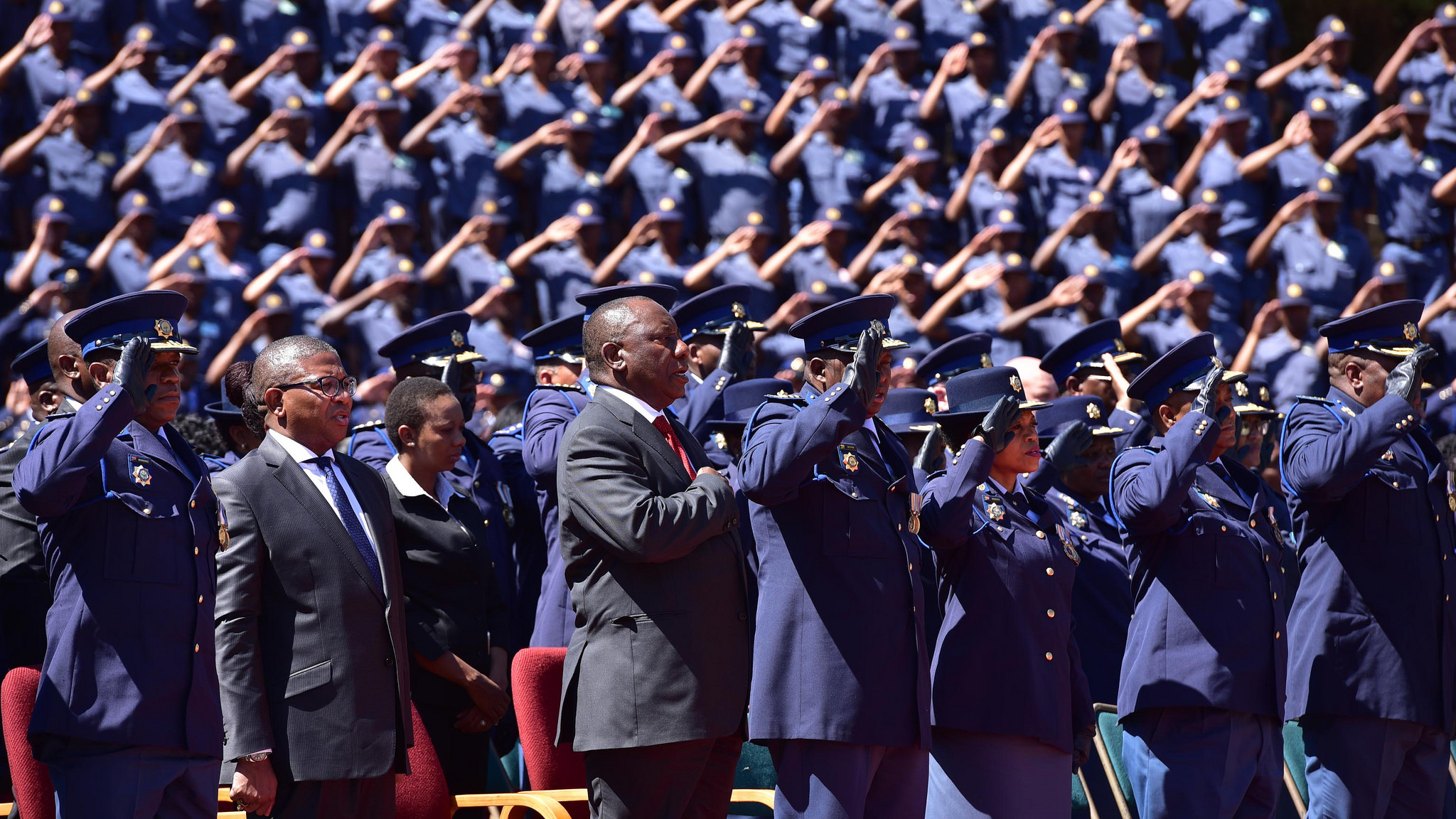
South African Crime Stats Show Decline in Many Crimes, But Increase in Fear
Crime in South Africa against individuals and households has been on a steady decrease over the past four years, according to the latest stats released by Statistics SA yesterday, as part of their latest 2016/2017 Victims of Crime Survey… however that’s not how it feels to many South Africans. The Survey found “deteriorating feelings of […]

Crime in South Africa against individuals and households has been on a steady decrease over the past four years, according to the latest stats released by Statistics SA yesterday, as part of their latest 2016/2017 Victims of Crime Survey… however that’s not how it feels to many South Africans. The Survey found “deteriorating feelings of safety” amongst South African households.

Perhaps it’s because while housebreaking and house robbery may have decreased… hijacking increased by 93%, sexual offence by 117% and murder by 9%.
 The survey reveals that South Africans are feeling less safe, with a third of people saying levels of violent crime in SA felt like they had stayed the same, and 39% saying they felt it had increased.
The survey reveals that South Africans are feeling less safe, with a third of people saying levels of violent crime in SA felt like they had stayed the same, and 39% saying they felt it had increased.
According to the survey, the percentage of households who experienced at least one incident of crime decreased from 9% in 2015/16 to 7% in 2016/17, while feelings of safety when walking alone in their neighbourhood when it is dark decreased from 31% to 29% in the same period.
With 1,2 million South African households having experienced 1,5 million crime incidents in 2016/17, male-headed households (7,5%) were more likely to be victims than female-headed households (6,6%). Households headed by coloured (8,9%) individuals were the most likely to be victimised, while households headed by black Africans (6,9%) were the least likely.
A comparison of crime types shows that housebreaking/burglary (53%) was the most common crime experienced by households in 2016/17. This was followed by theft of livestock (11%) and home robbery (10%).
Housebreaking/burglary is also the most feared crime among households in South Africa. It is therefore not surprising that the majority of households were actively taking measures to protect their homes (51%).
Although households took measures to protect their property, the fear of crime persists in preventing them from engaging in daily activities such as going to open spaces (32%), allowing children to play outside (20%) and walking to town (15%).
In Brief – the 2016/2017 South African Crime Stats report found:
- An estimated 1 468 278 crime incidents were experienced by 1 153 984 households.
- The victimised households represent 7.2% of all households in South Africa.
- The most common crime was housebreaking or burglary (53%), followed by theft of livestock at 11% and home robbery with 10%.
- Only 29% of households feel safe at night.
According to the DA, the stats show an urgent need to increase the “professionalisation of the police” so that South Africans feel they can trust the police service more. Currently not all crimes are being reported. (See the graphs below for a drastic decline in satisfaction with both the police and the court system.)
Stats SA found the two main reasons given for not reporting crimes to the police were “police could do nothing” and “the police would do nothing”.
The following crime reporting trends were noted:
- Only half of housebreaking victims reported the crime to the police;
- Almost 40% of victims choose to report it to somebody else, nearly 1% of which to the local gang;
- Almost one third of respondents don’t report housebreakings because the police cannot or will not do anything about it;
- Only about 40% of households that experienced housebreakings were satisfied with police actions;
- Nearly one third of households reported that they experienced police response times taking up to as long as one hour; and
- Almost one quarter of households reported that they never see police on duty in uniform in their neighbourhood.
Other crime stats:
- Buffalo City in the Eastern Cape tops the proportion of households victimised through housebreaking at 6.9%.
- Electronic equipment (especially mobile phones) were the most common items stolen during housebreaking.
- Theft of personal property tops the individual crime list at 42%, followed by assault (18%) and robbery (16%).
A third of people feel levels of violent crime in SA stayed the same, 39% feel it increased #VictimsofCrime #StatsSA https://t.co/sdpwJA7HH1 pic.twitter.com/wXn6aF7xBO
— Stats SA (@StatsSA) September 28, 2017
44,9% of households were satisfied with the way the courts deal with perpetrators #VictimsofCrime #StatsSA https://t.co/sdpwJA7HH1 pic.twitter.com/OEIX98FCIi
— Stats SA (@StatsSA) September 28, 2017
Household satisfaction with police down to 57,3% in 2016/17 from 58,8% previous year #VictimsofCrime #StatsSA https://t.co/sdpwJA7HH1 pic.twitter.com/OA9tJ41ijh
— Stats SA (@StatsSA) September 28, 2017
